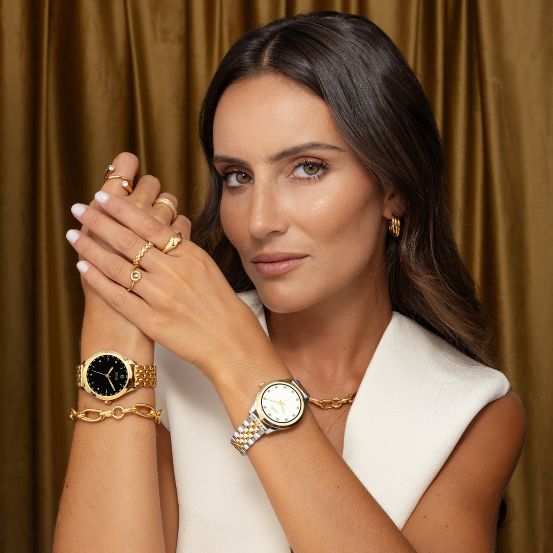Books, movies, destinations, and exhibitions not to miss.
Books, movies, destinations, and exhibitions not to miss.
Once upon a time in literature
Opening a book is in itself an act of magic, but when the subject is fairy tales the wonder triples. If we could choose just one, which one would we want? All of them
Vogue: Fantasy and Fashion, by Laird Borrelli-Persson, Abrams (2020), € 68,07.
Let’s pretend we've woken up in a Brothers Grimm tale, only set in the 21st century. That's more or less how we feel while leafing through Vogue: Fantasy & Fashion, a book that celebrates the Vogue tradition (a centuries-old tradition, mind you) of storytelling through editorials whose narratives are often magical - Fashion's greatest power is its ability to make us dream, and create new worlds, real or imaginary. Whether they are falling down a rabbit hole or defying the limits of surrealism, the heroines in the photographs by artists such as Annie Leibovitz, Steven Meisel, Irving Penn, and Steven Klein are writing their own stories, defining their own stories, defining their own destinies. With dream closets, of course.
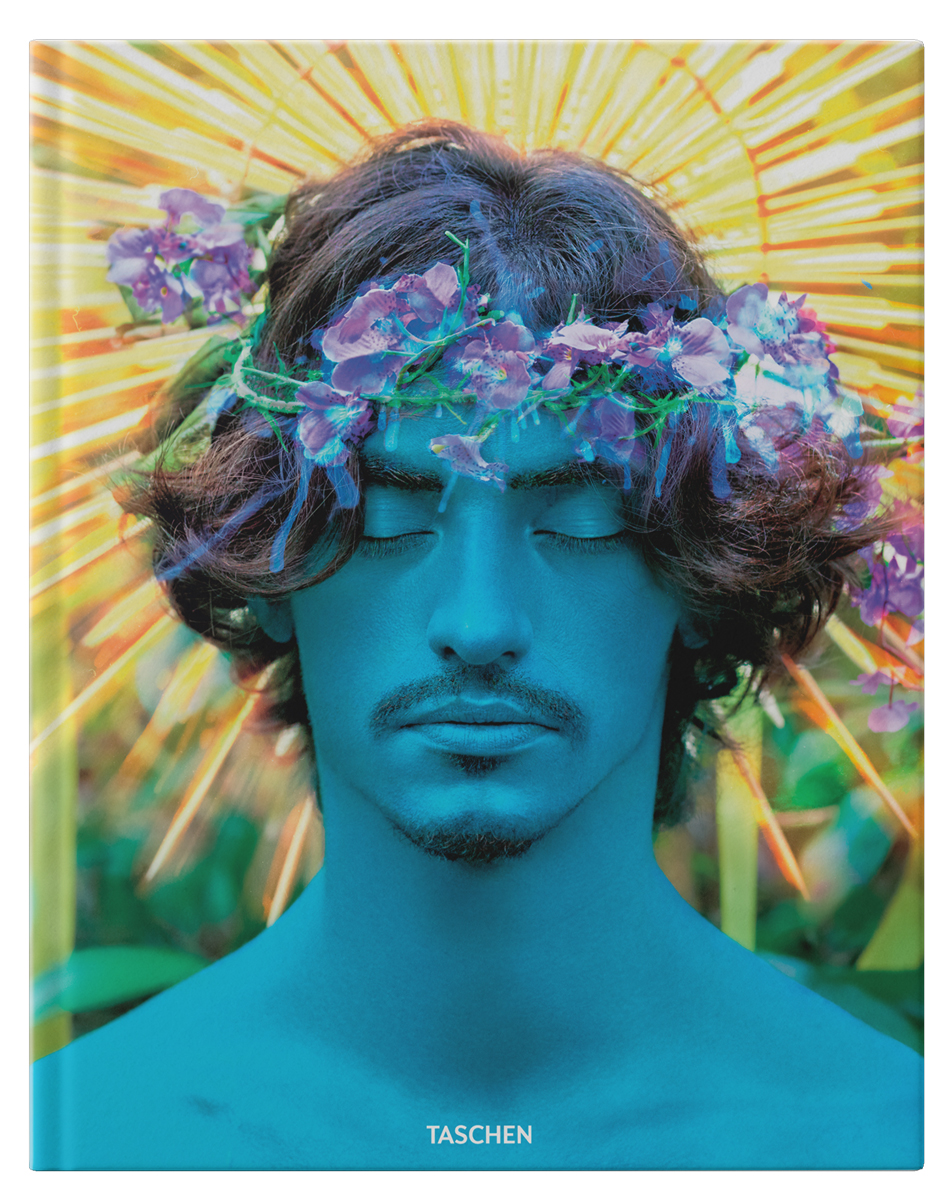
Taschen (2017)
Taschen (2017)
David Lachapelle. Good News. Part II, by David LaChapelle, Taschen (2017), € 50.
This is the fifth and final chapter in an anthology that began with LaChapelle Land (1996), and continued with Hotel LaChapelle (1999), Heaven to Hell (2006), and Lost + Found, Part I (2017). Good News. Part II follows the creative rebirth of David LaChapelle, one of the industry's most acclaimed photographers, who, in this book, surrenders to the contemplation of mortality, moving beyond the material world in search of paradise. With a curation of images never before published, this work summarizes a sublime and sweeping body of work that has a noble yet surreal goal - to attempt to photograph what cannot be photographed. Among the names that have passed through LaChapelle's lens, and that are present in these pages, are Pamela Anderson, Lana Del Rey, Tupac Shakur, and Elizabeth Taylor.
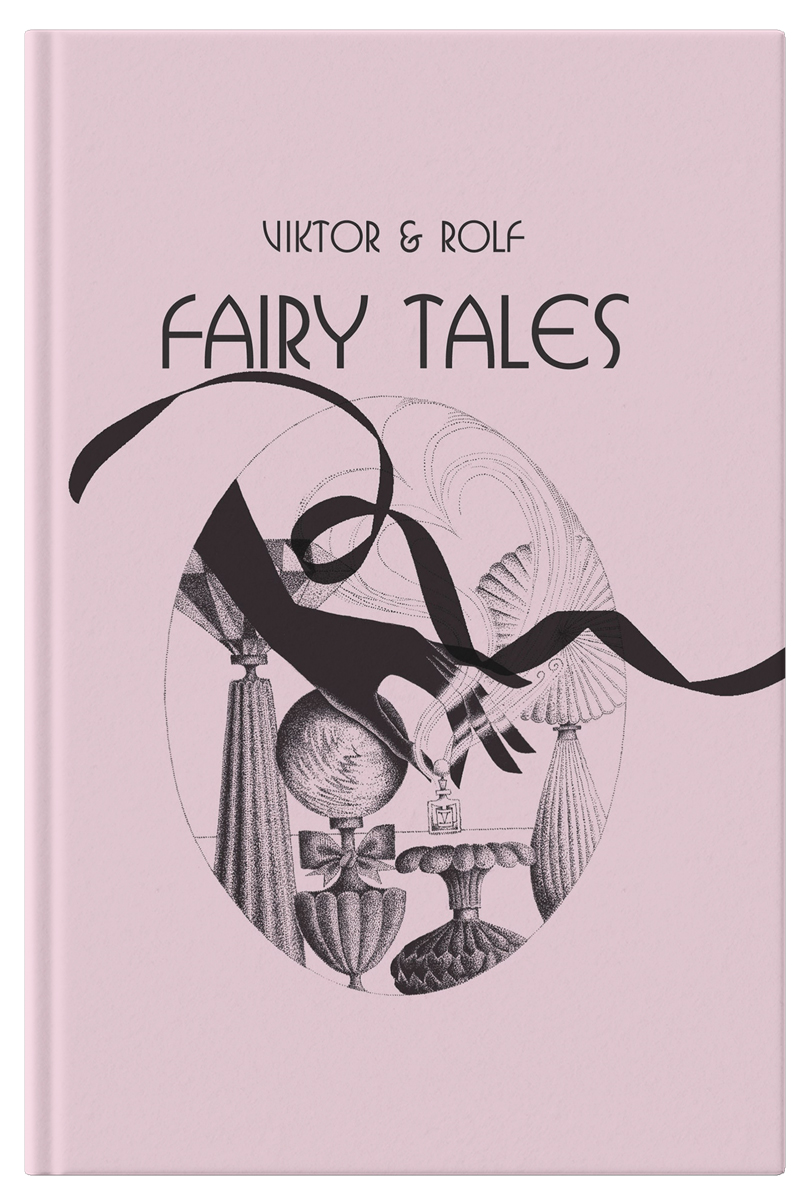
Hardie Grant Books (2012)
Hardie Grant Books (2012)
Viktor & Rolf: Fairy Tales, by Viktor Horsting e Rolf Snoeren, Hardie Grant Books (2012), € 37,99.
We've always been suspicious of Viktor Horsting and Rolf Snoeren's connection to the world of fairy tales. In 2012 the design duo put an end to those doubts and launched Viktor & Rolf: Fairy Tales, a collection of twelve whimsical and modern fables - like the Dutch would. It all began as a series of letters exchanged between the two during a trip. Later the stories were collected in a book, accompanied by impressive illustrations. Lose yourself in the adventures of sui generis characters like Butterfly in the Wind, who lived life to the fullest, or Disco Hedgehog, who discovers he is not so alone after all. A book for those who think style and substance go hand in hand.
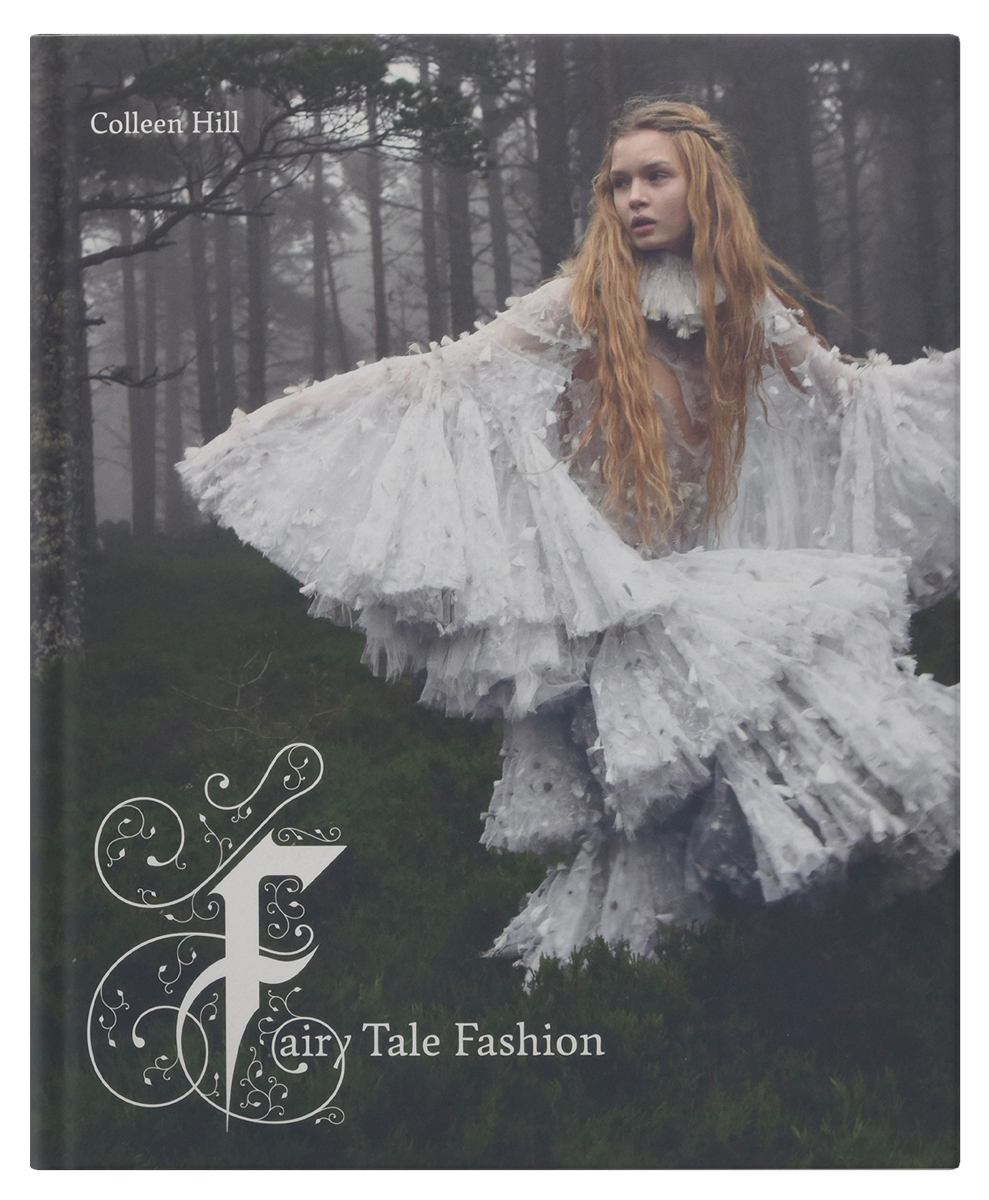
Yale University Press (2016)
Yale University Press (2016)
Fairy Tale Fashion, by Colleen Hill, Patricia Mears, Ellen Sampson and Kiera Vaclavik, Yale University Press (2016), € 42,13.
It is no secret that clothing plays a crucial role in fairy tales. It is what indicates thestatus, wealth, or the vanity of certain characters. Even when the plot is seemingly simple, clothing and accessories are described in detail: Cinderella's crystal shoe is perhaps the most famous example of these iconic pieces that populate our imagination. Fairy Tales Fashion is the first book to examine the history, meaning, and images of classic fairy tales through the lens of Fashion, linking them to collections by Comme das Garçons or Alexander McQueen. The work was launched as part of the Fairy Tales Fashion exhibition, which was on display in the first months of 2016 at The Museum at FIT in New York, and contains short essays on thirteen stories, including Sleeping Beauty and Snow White.
Once upon a time in the movies
We recall the best fairy tales, but we don't stop with the more predictable ones. We explore new interpretations and the other cultural variations of the format.
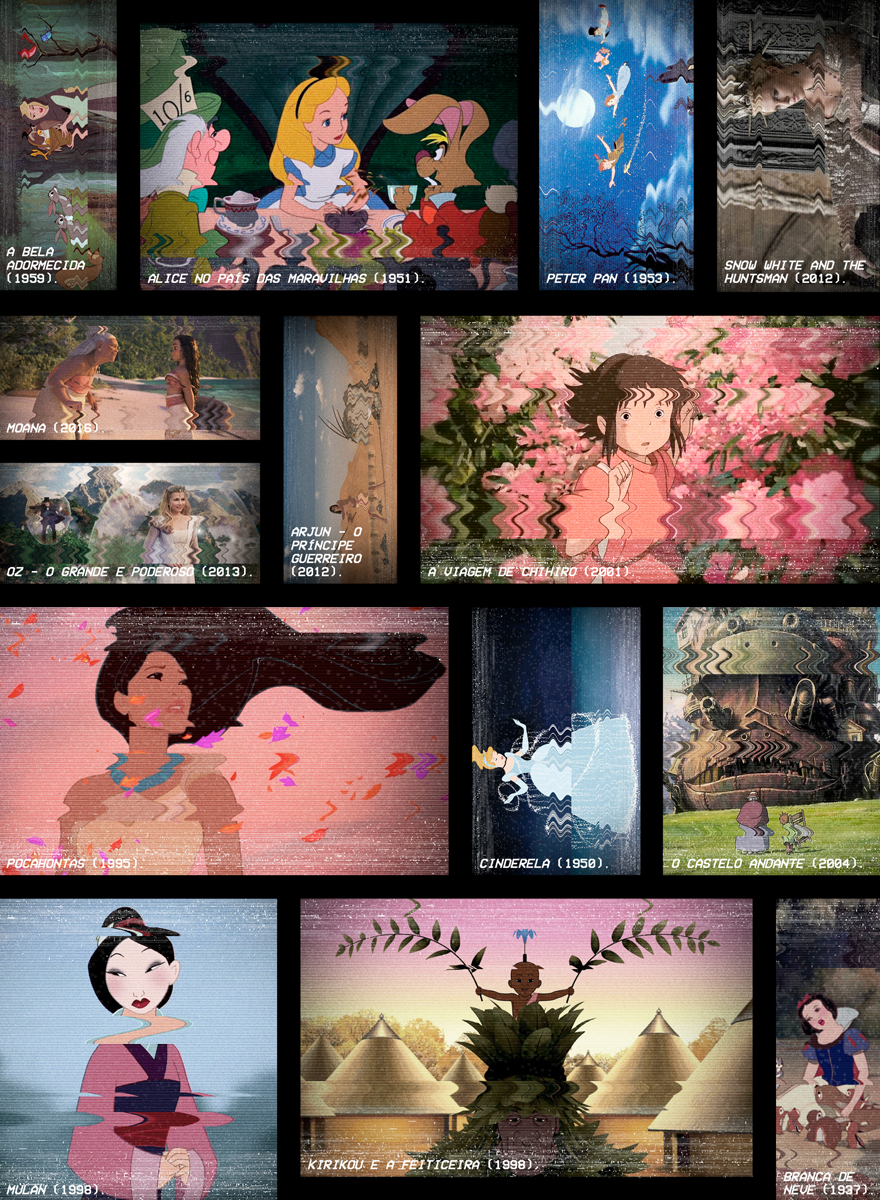
Artwork by Mariana Matos
Artwork by Mariana Matos
The world of princesses and knights, wicked witches and fairy godmothers occupies a specific place in our hearts, one that we do not visit very often but which for this same reason deserves our undivided attention. So, let us mention the unmissable classics: Cinderella (1950), Sleeping Beauty (1959), Snow White and the Seven Dwarfs (1937), andBeauty and the Beast (1991) best fit into this category. Classic princesses are, moreover, an abstract symbol that associates women with helpless creatures - something that, fortunately, has been changing. In films like Pocahontas (1995), Mulan (1998), The Princess and the Frog (2009), and Tangled (2010) the narrative shifts slightly and the female protagonists take over the place previously occupied by "enchanted princes." Here it is the princesses saving themselves who motivate the entire narrative, and the climax is independent of any "damsel in distress" cliché.Then there are other approaches, such as Peter Pan (1953), where Tinker Bell is almost as iconic as the main character, or Atlantis (2001) which, even by portraying a fictional world, base it on reality as a starting point. In a completely different approach, we can find Alice in Wonderland (1951), a story so hallucinatory that its release, in the early 1950s, created a wave of concern in the United States for fear of promoting drug use to children. Nowadays Disney, responsible for the big-screen adaptation of most of these stories, has adopted a new strategy to choose its fairy tales, finding inspiration in non-Western legends, either through the transposition of pre-existing myths, as in Moana (2016), or based on the richness of the cultures it seeks to portray, as in Coco (2017) or Raya and the Last Dragon (2021). But there are other fairy tales, created by cultures where the fantastic takes on other interpretations.In East Asia, anime culture is immensely popular, surpassing the traditional conceptions we have not only of fairy tales but of animation in general. The films of the famous Studio Ghibli are the pinnacle of these fables in the Japanese animation style. Films such as My Neighbor Totoro (1988), The Walking Castle (2004), or Chihiro's Journey (2001) follow patterns we associate with the fairy tales told around the West, but their aesthetic is completely different. They have a rare depth to them, a certain nuance, their message demands thoughtfulness. In Southeast Asia, fairy tales stray from what we consider "normal." Films like Arjun: The Warrior Prince (2012) are small windows into Indian fairy tales, based on the mythology and cultural imagery of the subcontinent. But the transition from local fairy tales to international markets is not as smooth as one might expect. Kirikou and the Sorceress (1998) is an animated fantasy film based on the Guinean origin myth of Kirikou, a baby who is born in a cursed village and is able to walk, run, and talk immediately after being born. The film demonstrates several instances of asexual nudity, an integral part of several West African cultures. However, the depiction of the naked body, even in a non-sexual way, was not well received in certain Anglo-Saxon countries, preventing its release in the United States and the United Kingdom.Of course, not all films based on fairy tales are animated, there are those that transport the aesthetic fantasy of these fables to real life, with human actors playing roles like Cinderella or Little Red Riding Hood. This genre does not necessarily seek to retell the stories as faithfully as possible but instead offers to approach them from a different perspective. By exploring alternative perspectives, films such as Snow White and the Huntsman (2012), Oz: The Great and Powerful (2013), or Maleficent (2014) delve deeper into these narratives, moving away from the characteristic innocence of traditional fairy tales. Red Riding Hood (2011) calibrates the same strategy, albeit in a more distant way from the original tale - neither the characters nor the narrative itself is faithful to it, although the aesthetics and symbolism remain the same. Allied to this cinematic style comes another, avowedly more idiosyncratic one, which harmonizes the naivety of fairy tales with the macabre fascination of horror narratives. Films such as The Witch (2015) are not traditional fairy tales at all, but take some inspiration from their narrative construction. By exploiting an audience's credulity before a world of magic, they leave them helpless in the face of the sinister. The Faun's Labyrinth (2006) is certainly the pinnacle of this strategy. By playing with the classic allegories of a fairy tale, Guillermo del Toro's masterpiece instrumentalizes this as a way to describe real-life horror.
Once upon a time in the world
Whether you want to sleep for a hundred years, like Sleeping Beauty, or have an adventure by the sea, Ariel style, these hotels, which are veritable palaces and castles, combine the aesthetics of fairy tales with the comfort of modern luxury.
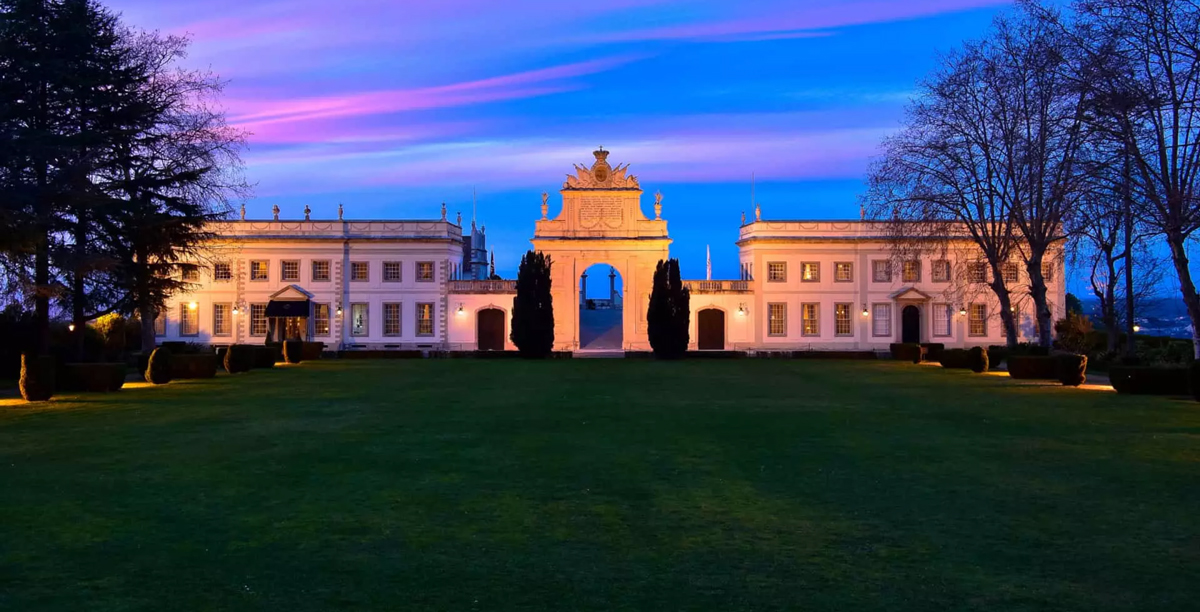
Tivoli Palácio de Seteais, SintraLocated in the closest thing Portugal has to an enchanted forest, the Tivoli Palácio de Seteais is situated on the slopes of the Sintra Mountains. With its impeccably preserved interiors, the hotel transports us into an experience of 18th-century royalty, complete with all the amenities of modern luxury. Between the famous Anantara Spa, golf courses, and the renowned restaurant Seteais, it's no surprise that the hotel is ranked as one of the best in the world. Both the palace, with its romantic architecture and leafy labyrinths, and its surroundings, overlooking the Pena Palace, are certainly the closest you'll get to living in a true fairy tale. More information at www.tivolihotels.com.
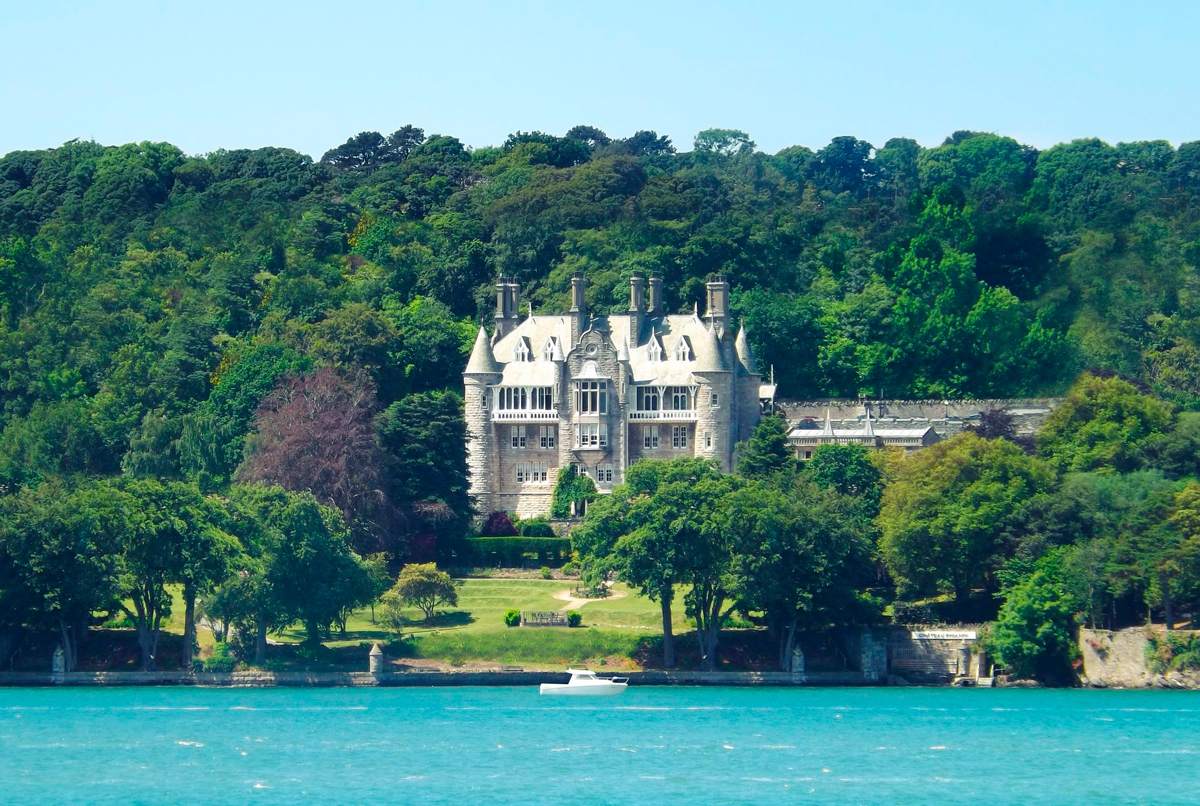
Château Rhianfa, Anglesey, North Wales
If the previous suggestions were palaces, Château Rhianfa is an authentic castle. Located on the Island of Anglesey, on the shores of the Menai Strait, and overlooking the Snowdonia Natural Park, the hotel could have been taken from any Hans Christian Andersen tale. Born out of a love story, this castle was originally built by the Baron of Bodelwyddan as a gift for his wife Lady Sarah, who overlooked all the decoration of the interior of the château, carefully preserved to this day. But don't expect an old-fashioned hotel: despite being a place with unparalleled historical heritage, Château Rhianfa is equipped with all the amenities expected of a modern luxury stay.More information at www.chateaurhianfa.co.uk
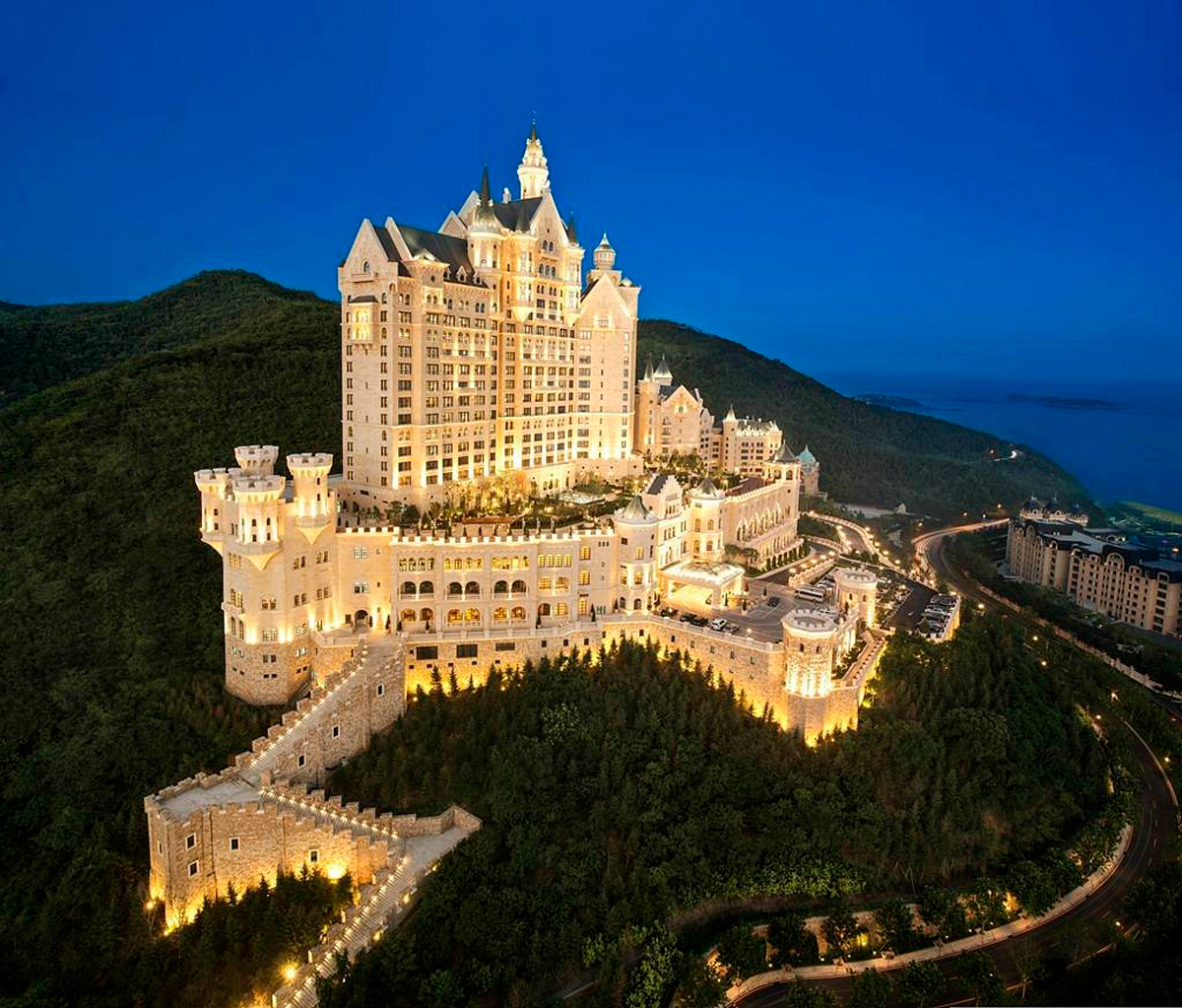
The Castle Hotel, DalianSince Atlantis is certainly hard to visit, The Castle Hotel is the closest we have to live in The Little Mermaid's world. The castle, which at first glance looks like Prince Eric's, is one of the most luxurious hotels in the world. Overlooking the Yellow Sea, the hotel is a recreation of a Bavarian castle on the Chinese coast in Xinghai Bay (China). From the exterior walls to the Baroque-style rooms, The Castle Hotel offers a unique experience, layering a fairy-tale setting with every whim of modern luxury, including a spa, indoor pool, and beach service. More information at www.marriott.pt
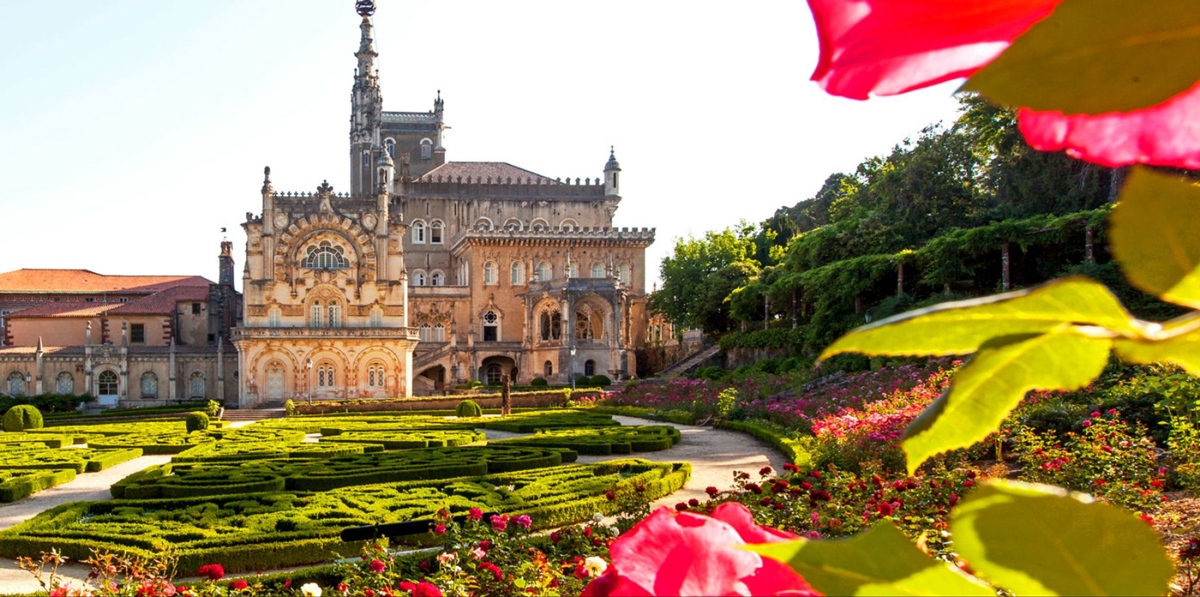
Bussaco Palace Hotel, LusoThe Bussaco Palace Hotel is a truly enchanted castle located in the middle of the forest of Buçaco. The hotel, which resembles something out of a Disney movie, was built in 1888 by the last generation of Portuguese monarchs. The title is not given arbitrarily, since the hotel is a real palace in the Neomanueline style. But the "princess" experience does not stop at the mere location and exterior architecture: the entire interior has been preserved as if it came out of a fairy tale. The dining room is an authentic royal banquet hall, where you can expect a luxurious dining experience, accompanied by a unique wine cellar with mis-en-bouteille-au-château wines. More information at www.almeidahotels.pt
Once upon a time in art
Fairies may not exist (we doubt it) but there is reason to believe that their magic is, increasingly, in our midst. These exhibits are the proof of that.
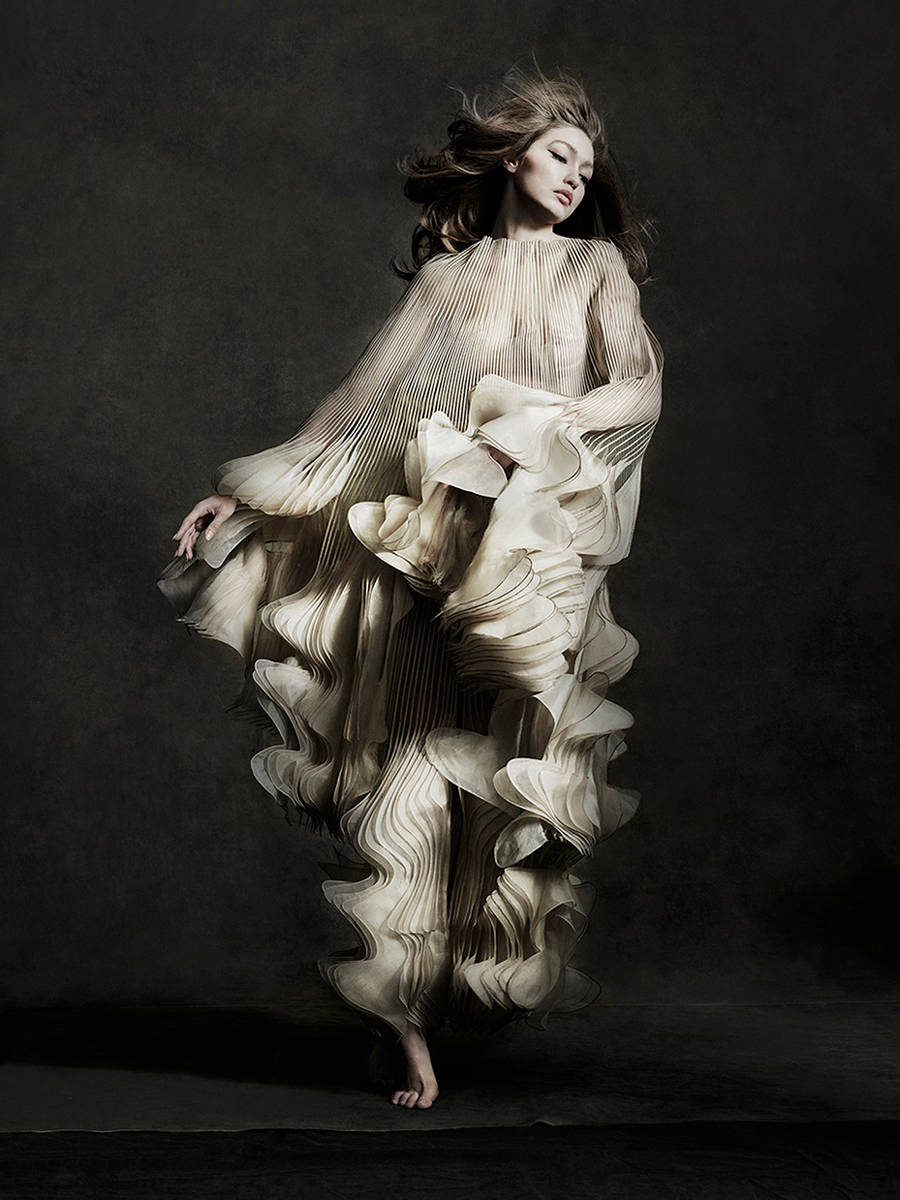
Not so) Far, far awaythere’s a new gallery about to open, whose focus lies in photographic work, occupying a perfectly appropriate address for this issue of Vogue. In the center of Loulé, Algarve, In The Pink gallery occupies a pink palace, inaugurating its wings with an exhibition dedicated to Fashion photography. With more than 40 images signed by three renowned photographers — Bastiaan Woudt, Kristian Schuller, and Albert Watson (who has already collaborated with Vogue Portugal and speaks with us just a few pages ahead) — the new cultural center is dedicated to the best in national and international photography inaugurates with this Fashion on June 25th. On one floor, Watson, one of the most important contemporary photographers and responsible for over a hundred Vogue covers, welcomes us with a selection of emblematic images. Woudt occupies another floor, for the best enjoyment of his minimalist stroke inspired by the great masters of photography of the 50s, 60s, and 70s, but exploring the methods of the 21st century. The top floor hosts the work of Kristian Schuller, in all its lush, colorful grandeur with a touch of fantasy, to close a three-story fairytale version narrative. Courtesy of Philip and Anja Burks, the building's owners who, coming from an Art and Real Estate background, ended up projecting on this pink palazzo the passion of a lifetime - and a new heart for the Art of Photography in the Algarve. Fashion, from June 25th to September 3rd, at In the Pink, in Loulé. More information at In-the-pink.com
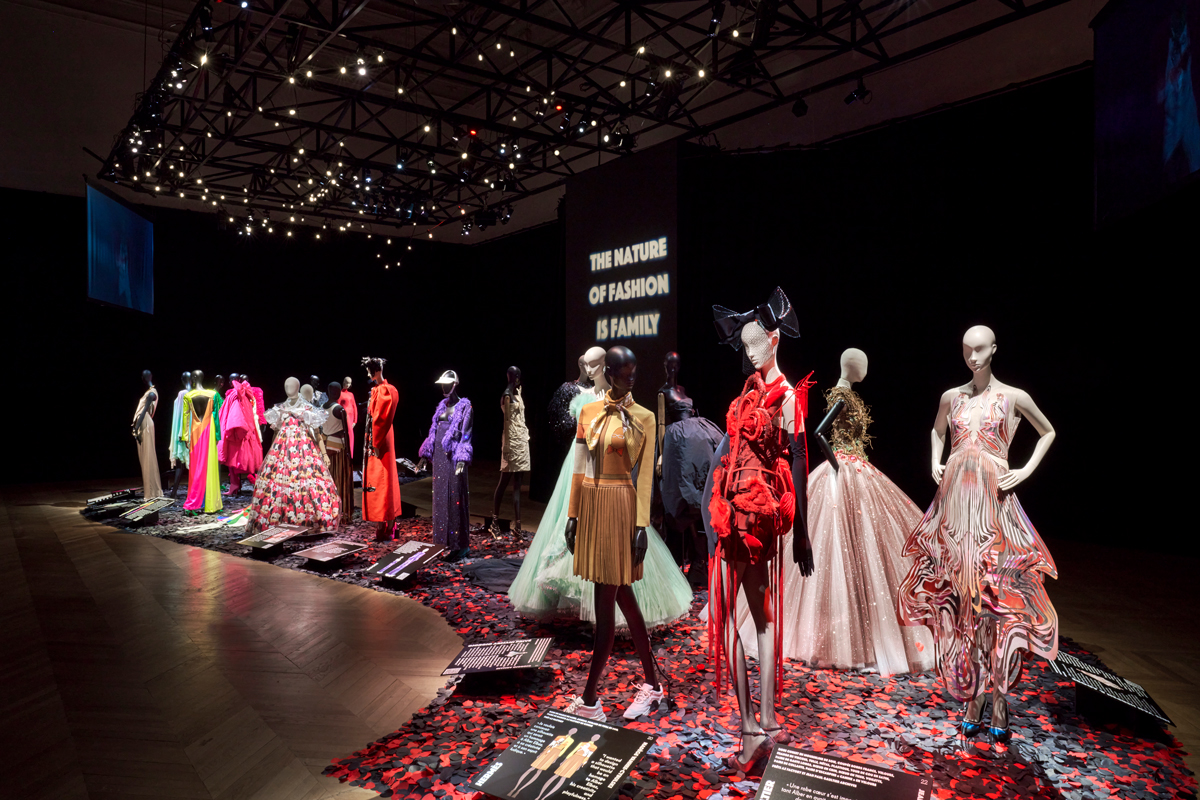
The Wizard of AZIn a posthumous show in honor of the couturier who made the runway his fairy tale, the start-up that Alber Elbaz founded, AZ Factory, invited 46 fashion houses and designers to create looks inspired by the creator and his work, which were paraded in the Carreau du Temple last October, and are now on display at the Palais Galliera in Paris. The result of Love Brings Love. The Alber Elbaz Tribute Show are dresses as delicate as those of a princess, as light as those of a fairy, and as powerful as those of a queen. The perspective is not only romantic: in the view of this varied panoply of names such as Sarah Burton (Alexander McQueen), Vivienne Westwood, Alessandro Michele (Gucci), and Giambattista Valli, among others, there are approaches to fashion design without leaving out contemporary issues such as sustainability, inclusion, and gender issues. Taking advantage of the runway show format, the immersive exhibition is an ode to collaboration in a post-COVID era, in a tribute that begins in the title - which is nothing but one of Elbaz's mantras. Love Brings Love, from March 5 to July 10, at Palais Galliera in Paris. More information at Palaisgalliera.paris.fr
Translated from the original on The Fairytale Issue, from Vogue Portugal, published May/June 2022.Full stories and credits on the print issue.
Relacionados
.jpg)


.jpg)

.jpg)
